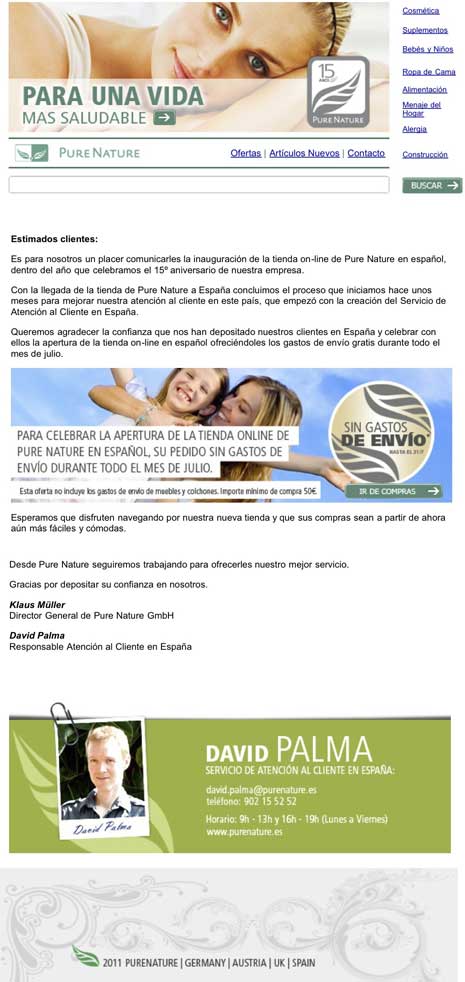UNEXPECTED THINGS from MIHO
Living with MIHO – Home Accessories
MIHO – Unexpected Things is a trend from Italy, which sets new standards in the area of decorative accessories for your living space. Unexpected accents that will surprise everyone. MIHO is pure lifestyle, living in the 21st century: creative, trendy, quirky, and made from organic, non-toxic materials.
Unexpected – marvelously patterned, colourful antlers from MIHO
The style of MIHO is unique and anyone who holds a decorative object from MIHO in his hand probably asks himself, how the designer came up with this absolutely hilarious idea. A deer head with antlers in bright colours, which can be assembled from individual pre-cut pieces – unique pieces that will delight everyone with their exceptional patterns – plaids, florals, dots. There’s a bird house with a rose design that is so unique that everyone has to take a second look. Decorative items from MIHO give each room that extra kick, regardless of your personal decorating style.
MIHO – decorative accessories that will astonish you
Tradition lies behind the unusual creativity. The idea for the unique MIHO home accessories comes from Italy – the craftsmanship and production of these unique objects, from Germany. More specifically, it was the old Italian company Pianezza, which is world renowned for its exceptional materials, that developed this idea together with Werkhaus, a German company.
MIHO – an unusual gift idea
 Patty in Paris: “I received my first MIHO as a gift. I unpacked it, was absolutely flabbergasted when I saw it, and immediately began to assemble the various pre-cut parts. I was so excited about the quirky, unusual design that I had overlooked the instructions. Nevertheless, I had my first MIHO object assembled within minutes without needing any tools and I was able to hang the MIHO deer head up immediately. It is an absolute eye-catcher that now embellishes my office and I can see that everyone who comes in is totally amazed.
Patty in Paris: “I received my first MIHO as a gift. I unpacked it, was absolutely flabbergasted when I saw it, and immediately began to assemble the various pre-cut parts. I was so excited about the quirky, unusual design that I had overlooked the instructions. Nevertheless, I had my first MIHO object assembled within minutes without needing any tools and I was able to hang the MIHO deer head up immediately. It is an absolute eye-catcher that now embellishes my office and I can see that everyone who comes in is totally amazed.
What particularly excited me was the high-quality, organic material from which the MIHO designs are made. The paint is free of pollutants and the environmental MDF pieces fit together perfectly. No glue, no toxic materials. In my eyes, this is really innovative and very up-to-date.
My second MIHO design followed very quickly – a bird house in an extraordinary floral – checkered design. Astonishing! It adds such a nice accent hanging on the wall next to my deer antlers. In addition I placed a MIHO stool next to my desk. The larger part consists of a wooden pattern, which is complemented by a totally unexpected plaid and floral print. The stool is quite unusual looking and is very practical since it’s very stable and can be used as additional storage space. What I’m missing now, and what happens to be at the top of my wish list, is the butterfly display case. I’m sure it’s no secret when I tell you that MIHO is a crazy, colourful, extravagant living trend, which can turn you into a collector in no time.
Take a look at the ** UNEXPECTED THINGS from MIHO ** in the online shop from PureNature.












